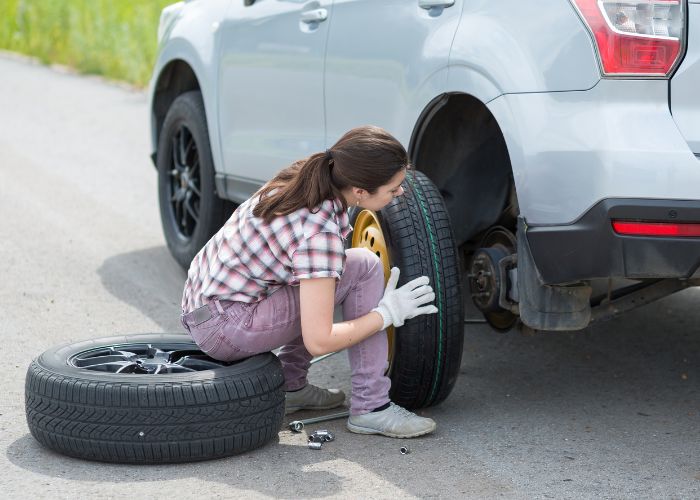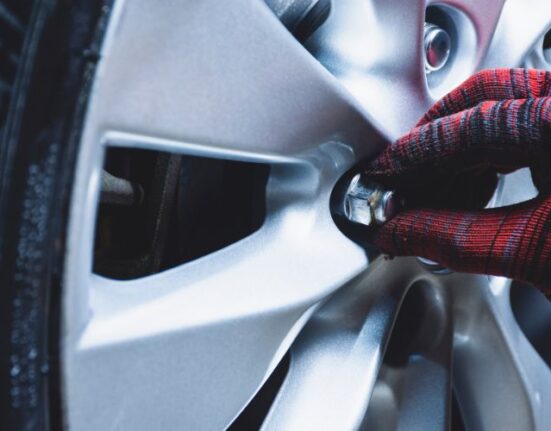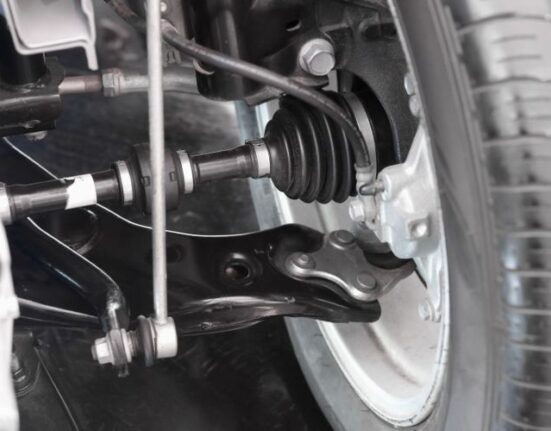When it comes to driving, you and your car will be put to the test at one point or another. With the possibility of encountering city streets, highways, country roads, and unpredictable weather, drivers must possess essential car maintenance skills to ensure their vehicles’ safety, reliability, and longevity. Explore the basic car maintenance skills that every driver should know.
1. Changing a Tire
It’s a dreaded scenario for every driver—a flat tire on the side of the road. Being skilled in changing a tire is essential because a flat tire is an unwelcome surprise no matter where you are. Quick response and effectiveness in changing the tire can save you time and money and keep you safe from oncoming traffic. If your car doesn’t carry a spare tire, you should also know how to properly patch a tire.
2. Checking and Changing Your Oil
Clean oil is necessary for proper engine function. All drivers must know how to check their car’s oil level and change it when needed. A general rule of thumb is to check the oil every 3,000–5,000 miles, or based on your vehicle’s manufacturer guidelines. Proper oil maintenance not only prolongs engine life but also improves fuel efficiency.
3. Inspecting and Replacing Wiper Blades
Torrential downpours and sudden snowstorms can make driving challenging and dangerous. Therefore, it’s important to have effective wiper blades to maintain clear visibility and stay safe on the road. Drivers should routinely inspect their wiper blades for damage or wear and replace them as needed. A good rule is to replace wiper blades every 6 to 12 months or sooner if they’re not performing well.
4. Monitoring Tire Pressure and Tread Level
Tires are crucial components for any vehicle, and keeping them well-maintained is essential for safety. Drivers should regularly check their tire pressure and tread levels to ensure they’re within the manufacturer’s recommended ranges. Correctly inflated tires provide better handling and fuel efficiency and prolong tire life. Tires should also be rotated and aligned regularly to prevent uneven wear.
5. Understanding Dashboard Warning Lights
Your car’s dashboard warning lights serve as a communication line between you and your vehicle. When a light comes on, you must know what it means and how to respond. Ignoring these warning lights can lead to more severe—and expensive—problems. Familiarize yourself with your car’s owner’s manual so you understand each warning signal and act accordingly.
The Road to Car Maintenance Success
By mastering these car maintenance skills every driver should know, you can maximize your vehicle’s safety, performance, and longevity. As you navigate through bustling streets and ever-changing weather conditions, your preparedness will keep you and your car ready for whatever the road has in store.

















